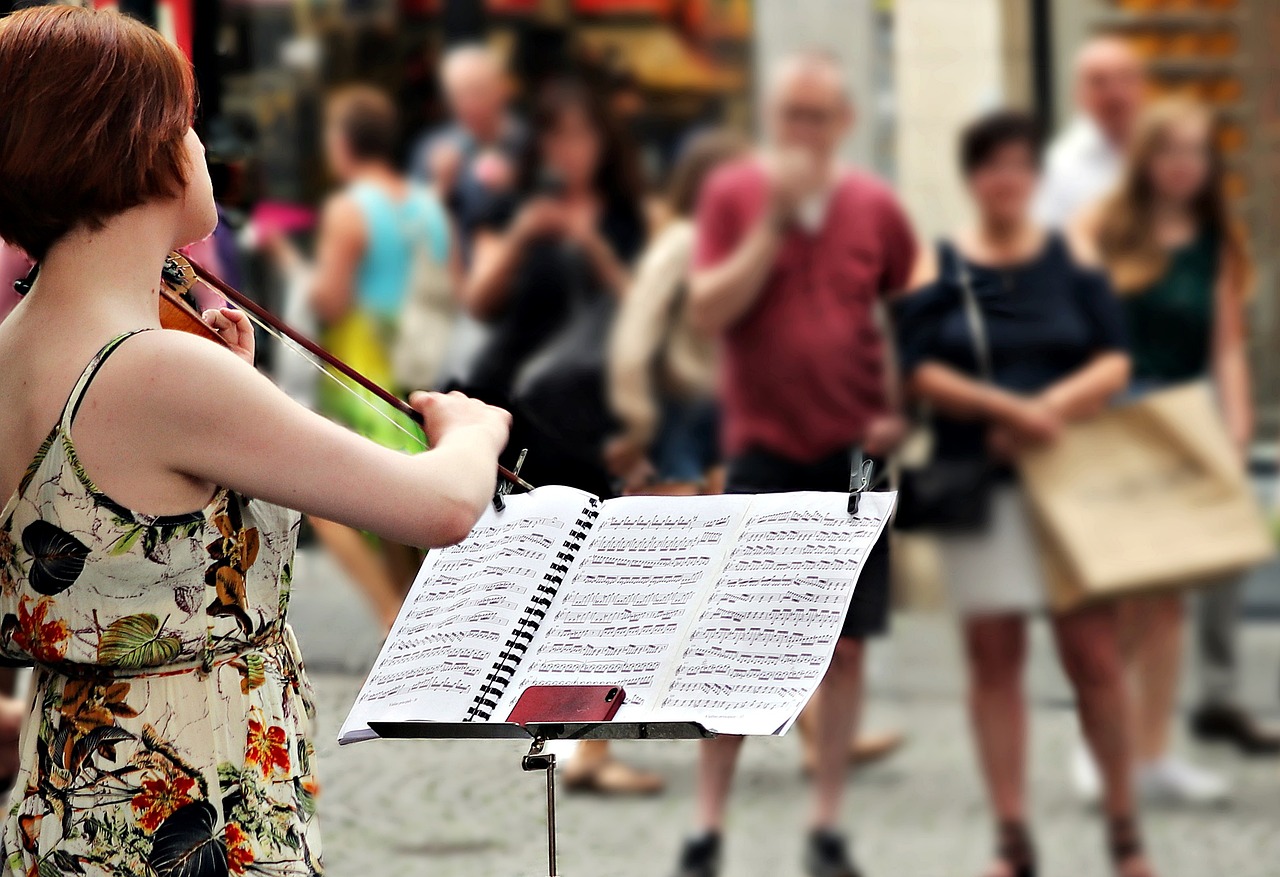The Cultural Significance of Music in Ancient Civilizations
Music holds a profound significance in the history of ancient civilizations, transcending mere entertainment to become an integral part of cultural identity and societal practices. From religious rituals to daily life activities, music played a pivotal role in shaping the beliefs, traditions, and social fabric of these ancient societies.

Music as a Ritualistic Practice
Music as a ritualistic practice in ancient civilizations held a profound significance, transcending mere entertainment to become a sacred tool in religious ceremonies and cultural rituals. The rhythmic beats and melodious tunes were not just for pleasure but served as a conduit to the divine, connecting the earthly realm with the spiritual world. Whether in the grand temples of Egypt, the mystical rites of Mesopotamia, or the vibrant festivals of Greece, music played a central role in shaping beliefs, invoking deities, and preserving traditions.

Instruments of Ancient Times
In ancient civilizations, music played a vital role in various aspects of society, with a diverse array of musical instruments contributing to the rich tapestry of sounds. These instruments were not just tools for creating melodies but were deeply intertwined with cultural practices and beliefs. From the haunting sounds of the Egyptian harp to the rhythmic beats of Mesopotamian drums, each instrument had its unique significance.
The ancient Egyptians, known for their advanced civilization, utilized instruments like the sistrum, a type of rattle, in religious ceremonies to invoke the gods through music. On the other hand, the Greeks embraced instruments such as the lyre and aulos, incorporating them into their theatrical performances and celebrations, adding a layer of artistry and emotion to their culture.
Across the vast expanse of ancient China, the guqin, a seven-stringed zither, held a special place in the hearts of scholars and nobles, symbolizing refinement and intellectual pursuits. In the Indus Valley civilization, the conch shell trumpet was used in rituals and processions, its resonant tones believed to carry spiritual significance.
These instruments were not merely tools for entertainment but served as conduits for expressing emotions, communicating with the divine, and preserving cultural heritage. The craftsmanship and symbolism behind each instrument reflected the values and beliefs of the societies that created and cherished them, leaving a lasting imprint on the history of music.

